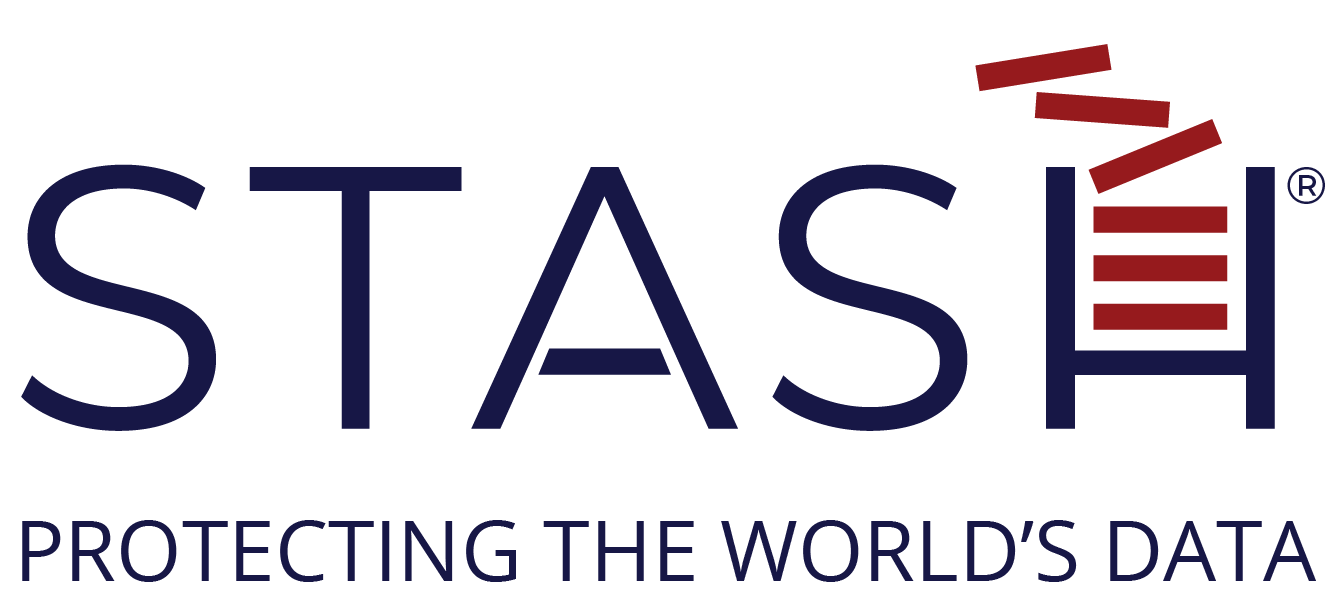MANUFACTURING
The biggest targets for today’s bandits, with cyber espionage being one of the principal cyber security threats. Only the
U.S. Government is less secure.
Of all the critical industries, Manufacturing spends the least on Information Security and has conceivably experienced the worst cyber intrusions in its lifetime; now considered to be one of the most regularly hacked industries.
The biggest targets for today's bandits
If banks were the main targets for the bandits in the Wild-Wild West, on the Wild-Wild Web, it is the Manufacturing Industries that are the biggest targets for today’s bandits, with cyber espionage being one of the principal cyber security threats. Of all the critical industries, Manufacturing spends the least on Information Security and has conceivably experienced the worst cyber intrusions in its lifetime; now considered to be one of the most regularly hacked industries. This disconnect between the high presence of threats and limited spending on cyber security, is only now starting to be seriously addressed, with Manufacturing Security Budgets estimated to grow by 77.3% according to Cyber Edge Group’s Cyber Threat Defence Report. This comes in light of findings that Europe spends the most on cyber security and consequently has the best cyber security globally. North America is now expected to significantly increase its IT budget and overtake Europe on their cyber security spending. STASH® stops manufacturing cyber carnage effectively and cost efficiently, bringing order and closure to a market segment in which the ability to maintain competitive advantage is not only a business matter, but a national one of immense proportion.

“Experts connect the recent rise in ransomware incidents to manufacturing’s visibility and economic reliance on just-in-time production. It’s much harder to pause or hide a pause in operations, which in turn incentivizes companies to pay ransoms, making these organizations low-hanging fruit for attackers. “On the manufacturing production floor, the machines making parts are equipped with sensors that are capturing data. These sensors and machines need calibration and periodic software or firmware updates. They can be remotely diagnosed, serviced or recalibrated via the internet. This advancement of technology has also made manufacturing risks more vulnerable.”
– Risk & Insurance Magazine 2020
“As technology progresses and systems become smarter, learning to advance without human interaction, the threat of cybercrime will undeniably evolve itself. It is essential that as systems are developed, cyber security follows in pursuit. 91% of the largest 100 publicly traded U.S. manufacturers stated that the ‘implementation of new systems’, in addition to ‘operational infrastructure risk and maintenance’, are amongst their principal concerns.”
– 2016 Manufacturing Risk Factor Report. BDO
“As the industry races toward the next frontier, manufacturers must strike a balance between progress and security. Data analytics and the Internet of Things may spur the next industrial revolution, but with that comes increased exposure to cyber risk. Manufacturers still have some catching up to do to adequately protect their data, customers, products and factory floors.”
– Rick Schreiber, Partner & National Leader, National Association of Manufacturers (NAM) Board Member
“Manufacturers wondering how to handle cyber security in their own facilities can rip a page from the Shell Global Solutions security playbook. The oil and gas company views cyber security as a business case designed to resonate with company executives, partners, technology providers and customers. They’ve moved away from the message ‘the hackers are coming,’ and instead have positioned cyber security as a business opportunity in the company’s digital journey.”
– Stephanie Neil, Senior Editor – Automation World
Cyber Talk
"Phishing, ransomware, and other forms of cyberattacks have become an unfortunate fact of life for manufacturing companies. One analysis found that there were 12 times more cyberattacks in the first half of 2019 than there were in the first half of 2018. Forty-five percent of executives reported that their companies had become aware of data breaches or cyberattacks involving their computer systems or networks over the previous 12 months, with 9% reporting they had suffered from one or more major breaches or attacks."



